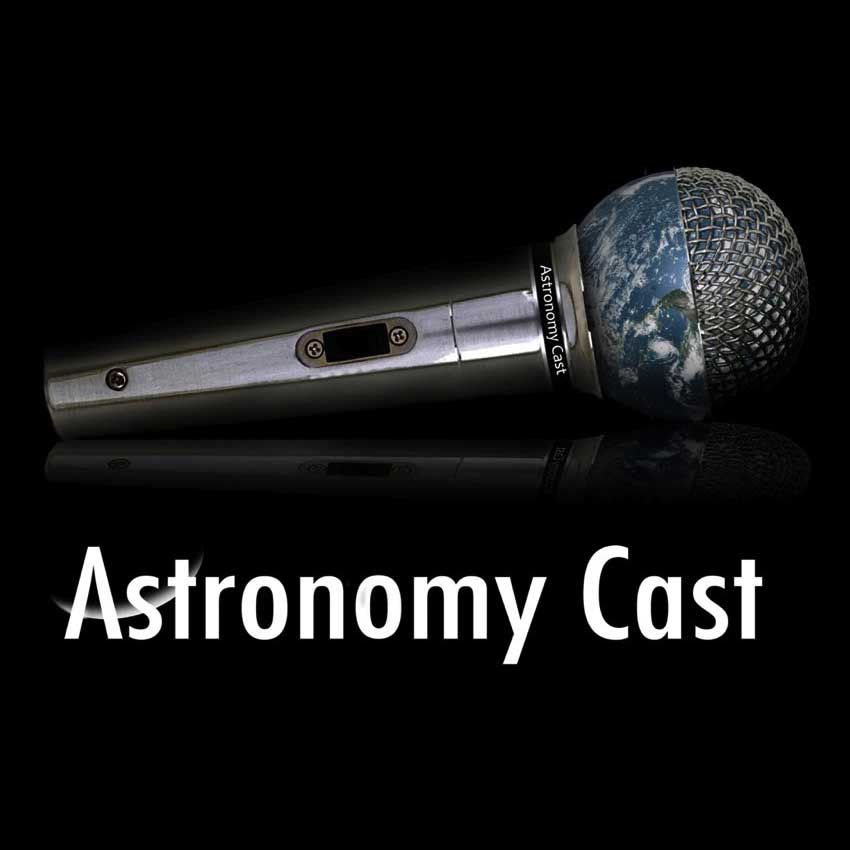This week we find out what would happen if the Moon was rotating fast and not tidally locked to the Earth also where the light and matter go into a black hole.


This week we find out what would happen if the Moon was rotating fast and not tidally locked to the Earth also where the light and matter go into a black hole.

Imagine the Big Bang, and you’re imagining an explosion. There must be come place we could travel in the Universe and see the wreckage left over from the Big Bang. So, where is it?

Since telescopes let us look back in time, shouldn’t we be able to see all the way back to the very beginning of time itself? To the moment of the Big Bang?

Cheap Astronomy explores some old horizons and answers these questions. If the Big Bang happened 13.8 billion years ago how come we can still see it? How can we observe things that are receding from us at faster than the speed of light?

Researchers pouring through high-resolution Hubble images of galaxy clusters have found the gravitationally magnified light of a star that was shining just four billion years after the Big Bang, making this bright star the new record holder for the farthest ever spotted

What makes the Big Bang theory so successful? How were alternatives ruled out? What are the electric universe and steady state theories? Do any other options remain, like conformal cyclic cosmology?

Join us today for weekly update with @WSHCrew. Today the team will discuss with Dr. Paul Halpern about flashes of creation. And as usual the team will bring news update about Water on Mars, exoplanet, and how quickly the Moon cooled.

How did the universe begin? How will it end? What’s going on in here and how did we learn all this? I discuss these questions and more in today’s Ask a Spaceman!

What kind of crazy physics made primordial black holes? What does that have to do with the LIGO observations of merging black holes? How can we possibly detect them?

This week we wonder if the Universe is going to collapse and then expand again, how satellites can have such different velocities, and the size of the observable Universe.